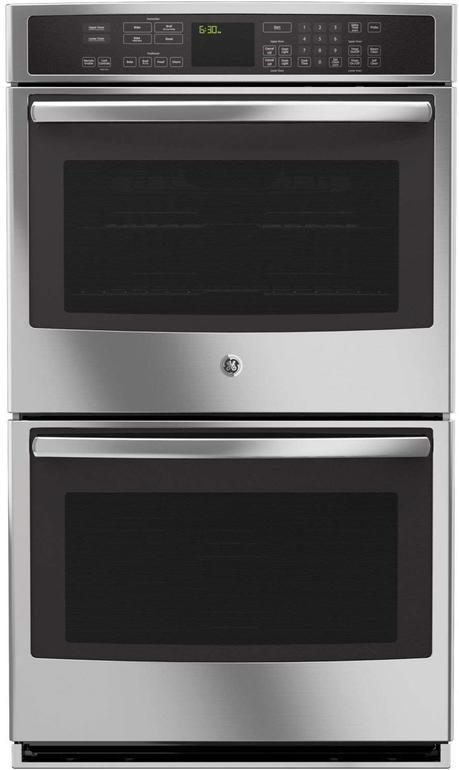Both conventional ovens and convection ovens can be heated with gas or electricity, but the way they heat is distributed differently. The heat in a conventional oven usually comes from the bottom, while in a convection oven there is a fan that will circulate the hot air all around the oven.
One of the main benefits of the convection oven is that the oven fan will allow the hot air to circulate in the oven. This will afford all the food to cook more evenly, even when you have multiple items cooking at once. The convention oven is practically fool-proof, which is one of its best attributes. Still, conventional ovens and convection ovens have pros and cons.
Conventional Ovens

- Very easy to use
- Convenient for following recipes
- Able to purchase with a fan
- Cook unevenly
- More monitoring and hands on (turning foods over)
- Best to bake one item at a time
Convection Ovens

- Even baking
- Bake multiple items at one time
- Food placement not as relevant
- Utilize less time and energy to cook foods
- Motor wear
- Under and Over-sized fans change cooking ability
- Opening the door causes great effects
- Expensive
Since convection ovens are more new, here are a few things to note when using one...
Five Important things to know about Baking in a Convection Oven- Lower Temperature by 25F
- Check Food Frequently toward the end of cooking
- Don't crowd the oven
- Use Low sided baking sheets and roasting pans
- Don't use convection for baking cakes, quick bread, custards, or soufflés.
In all, both conventional ovens and convection ovens have features that consumers will like and dislike. This article provided both sides of each so that customers can make a more informed decision when purchasing a new oven.
Shop Conventional Ovens HERE Shop Convection Ovens HEREAbout The Author


